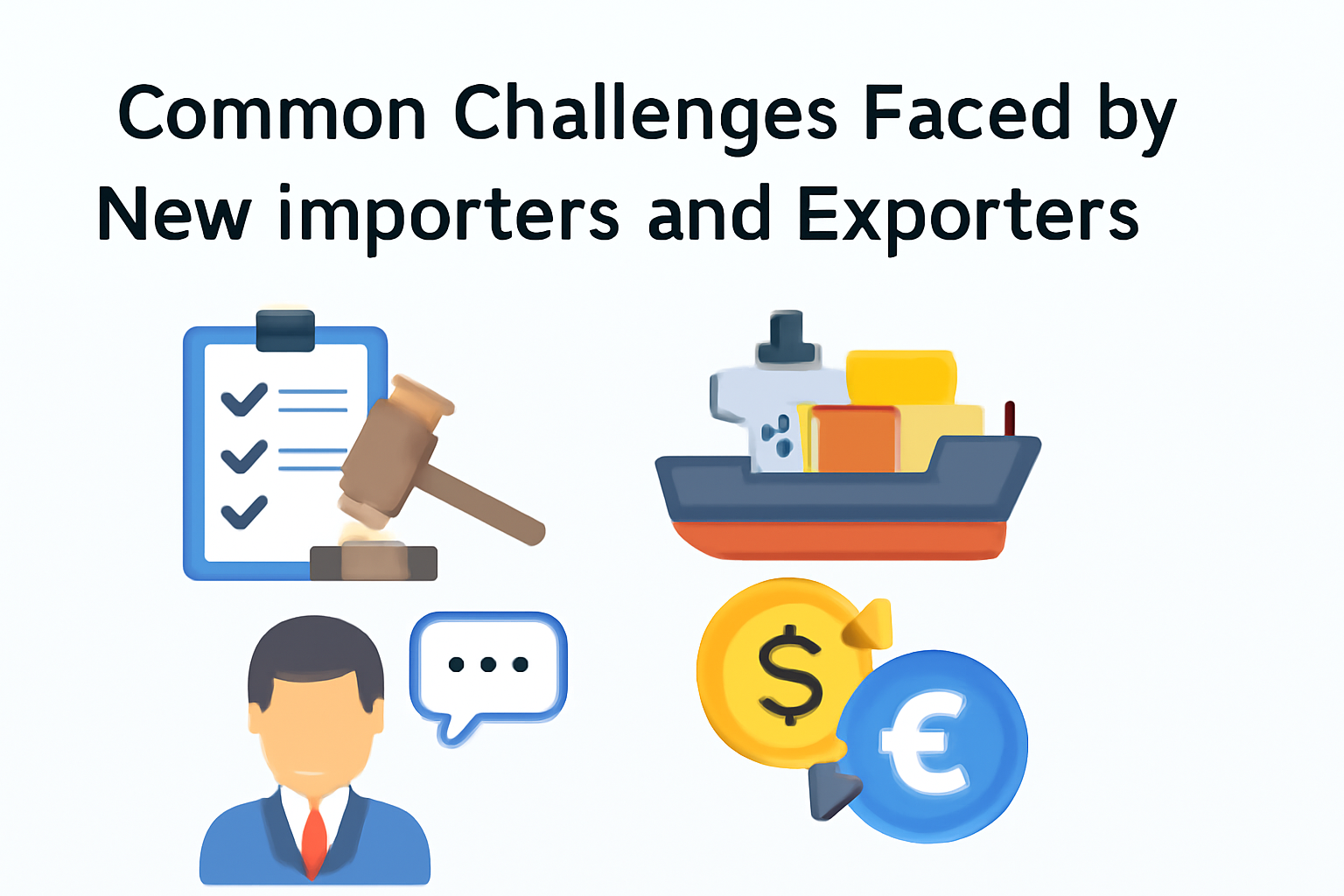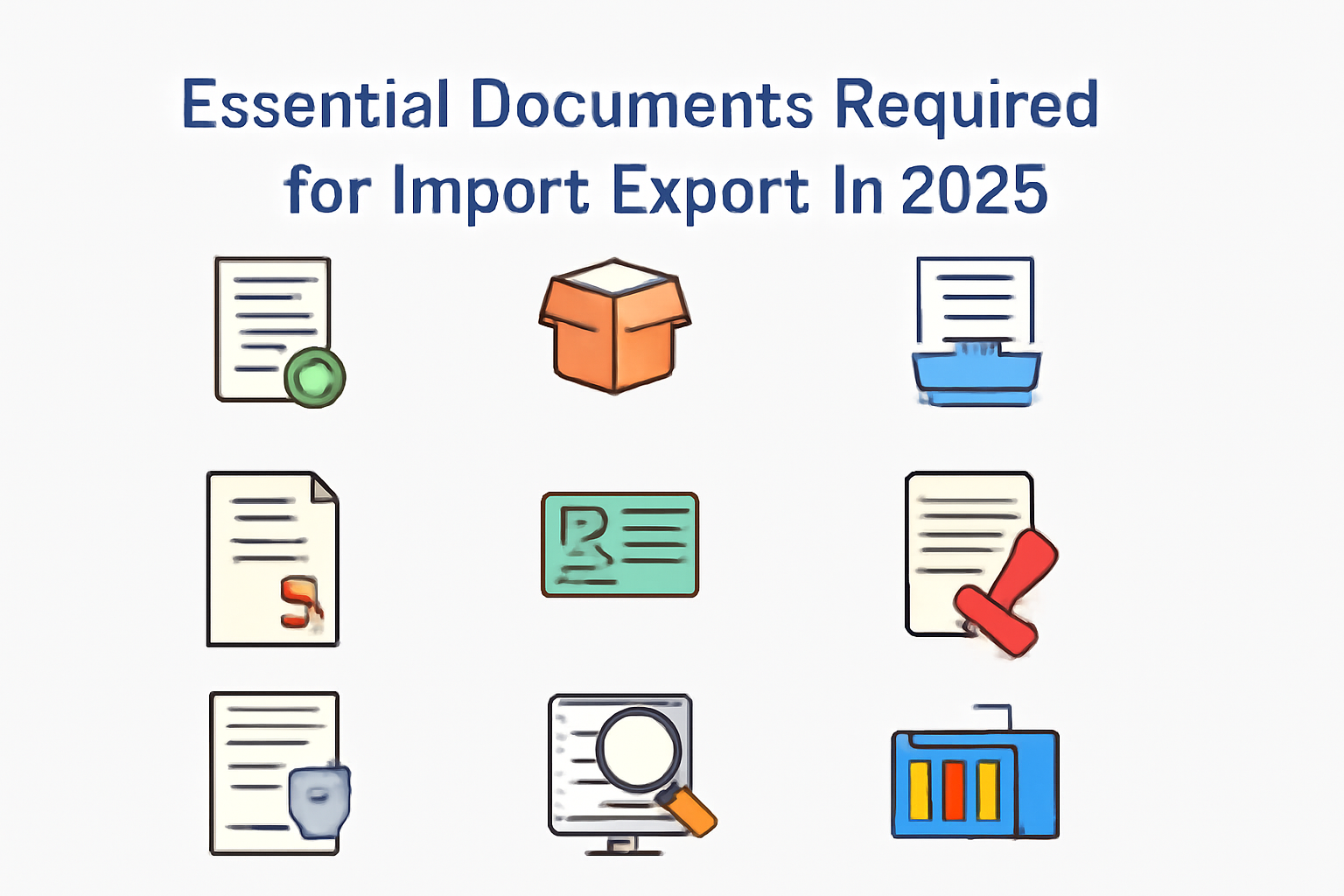
 Tue, 17 Jun 2025
Tue, 17 Jun 2025
Key Differences Differences Between Import and Export
Introduction
In the world of international trade, the terms import and export are used frequently, but many people still find it confusing to differentiate between the two. Understanding the key differences between import and export is critical not just for businesses but also for anyone involved in global trade.
At NaviExports.com, we’ve created this in-depth guide to help you understand the fundamental differences between these two essential components of the global economy. Whether you're planning to import goods into your country or export products abroad, this blog will clarify these concepts and provide you with the necessary tools to start your journey in the world of international business.
What is Import?
Importing refers to the act of bringing goods and services from a foreign country into your own for the purpose of selling them or using them in your domestic market. Imports are a vital aspect of any economy, enabling countries to access products they cannot produce themselves or that are produced more cost-effectively in other regions.
Key Features of Imports:
-
Bringing goods into the country: When a business or individual purchases goods from a foreign country, they are importing them.
-
Supplementing domestic production: Imports fill gaps in production when a country doesn’t have the capacity to produce certain goods.
-
Domestic consumption: Imported goods are usually sold to consumers or used in manufacturing processes.
Example: When a U.S. company buys electronics from China to sell domestically, it’s considered importing. The goods are brought into the U.S. from abroad for sale.
What is Export?
Exporting, on the other hand, involves sending goods or services produced in your country to another country for sale or trade. It is the opposite of importing and is crucial for the economy of any nation. Exports allow businesses to gain access to global markets, increase revenue, and help boost economic growth.
Key Features of Exports:
-
Selling to foreign markets: Exporting involves sending products to international markets for trade or resale.
-
Economic growth: Exports generate revenue, helping boost a country's economic performance and GDP.
-
Access to global opportunities: By exporting, businesses can tap into new markets, expanding their reach and increasing sales.
Example: An Indian company exporting spices to the USA is sending products from India to the United States, making it an export.
How to Start an Import Export Business
Major Differences Between Import and Export
Here’s a detailed comparison of the key differences between import and export:
1. Direction of Trade
-
Import: Goods are brought into a country from a foreign market.
-
Export: Goods are sent out of a country to foreign markets.
2. Economic Impact
-
Importing allows consumers to access goods that are not locally produced or that are more cost-effective to purchase abroad.
-
Exporting drives economic growth by generating foreign income and increasing the nation's GDP.
Example: When a country imports oil but exports high-tech products like smartphones, it contributes to a balanced trade flow.
3. Impact on Domestic Markets
-
Imports introduce foreign competition, which often results in lower prices and better-quality products for consumers. However, they can also challenge local industries by offering cheaper alternatives.
-
Exports can open up new markets for domestic producers, enabling them to reach larger audiences and grow their businesses internationally.
Example: Imported cars can drive local car manufacturers to improve their products, while exported software opens up a whole new global market for tech companies.
4. Documentation and Compliance
-
Importing typically requires import licenses, customs documentation, and compliance with the country’s regulations and standards for product safety.
-
Exporting requires an export license, customs declarations, and ensuring the goods comply with the regulations of the receiving country.
Example: Importing electronics from Japan into the US requires certain safety certifications and customs clearance procedures. Similarly, when a US company exports medical equipment to Germany, it needs to meet EU regulations.
5. Supply Chain Involvement
-
Imports involve getting goods from suppliers in foreign countries, which requires a well-managed supply chain for timely delivery.
-
Exports involve shipping goods from a domestic supplier to a foreign buyer, requiring partnerships with international freight forwarders and customs brokers.
6. Payment & Currency Exchange
-
Importing often involves converting foreign currency to pay for the goods and managing the impact of currency fluctuations.
-
Exporting involves receiving payment from foreign buyers, often in a foreign currency, and potentially dealing with currency risk in the exchange process.
Example: An Indian business importing coffee beans from Brazil may need to pay in Brazilian real and convert the payment into Indian rupees, while an exporter selling Indian textiles to the European Union may be paid in euros.
7. Risk Factors
-
Importing exposes businesses to the risks of delays, damage during transit, and unfavorable exchange rates.
-
Exporting carries risks such as non-payment, foreign regulations changing, and political instability in the importing country.
Why are Import and Export Important?
Both imports and exports play a vital role in maintaining a balanced economy. By encouraging imports, a country can access products that it doesn’t produce, making goods cheaper and increasing the variety available to consumers. Exports, on the other hand, strengthen the economy by generating revenue and increasing a country's international presence.
Conclusion
In summary, import and export are two key pillars of international trade, each with its own set of characteristics and contributions to the global economy. Imports bring goods into a country, providing local markets with a wide variety of products, while exports allow businesses to access new markets, earn foreign currency, and stimulate economic growth. By understanding the key differences between these two, businesses can effectively engage in international trade and navigate the complexities of global commerce.
For more insights on import/export processes, regulations, and strategies, visit NaviExports.com, your trusted resource for all things related to international trade.




